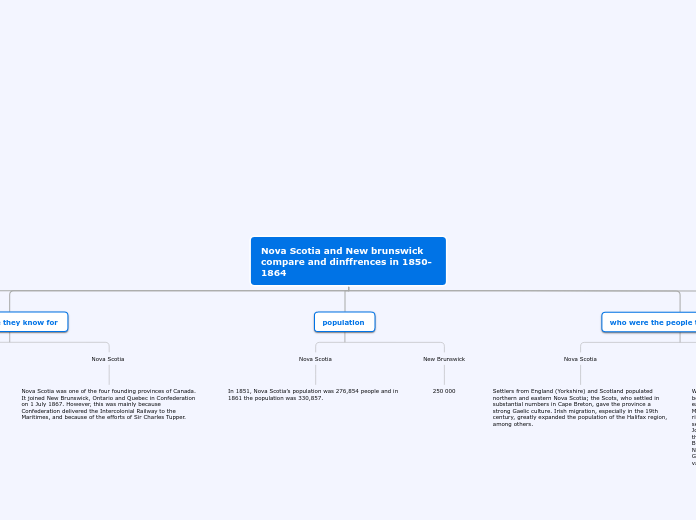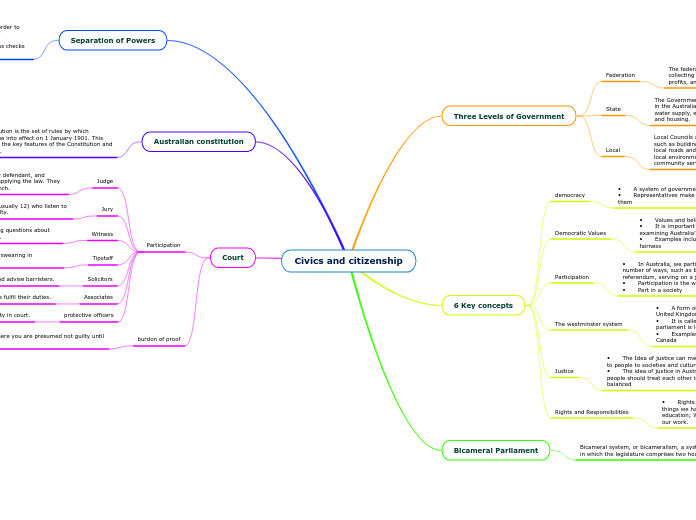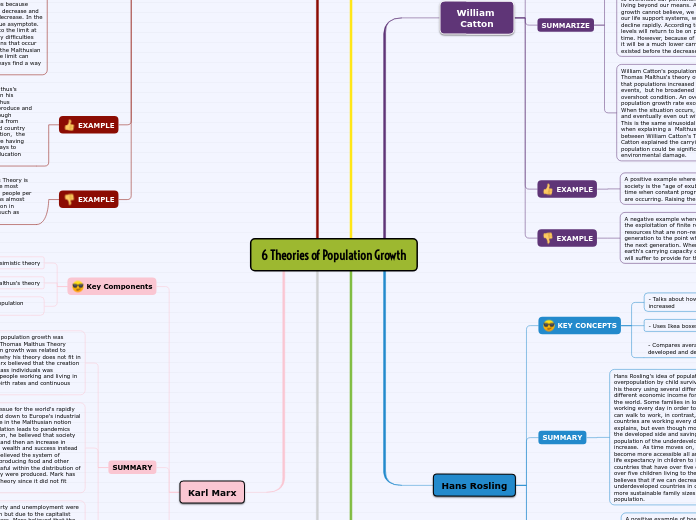Nova Scotia and New brunswick compare and dinffrences in 1850- 1864
challenges
The population of French origin grew dramatically after Confederation, from about 16 per cent in 1871 to 24 per cent in 1901 and 34 per cent in 1931. Other ethnic groups in 1871 included English (29 per cent), Irish (35 per cent) and Scots (14 per cent).In 2016, the most commonly reported ethnic origins in New Brunswick were Canadian, English and French. Just over 3 percent of the province’s population belongs to a visible minority group, compared to just over 22 per cent of the Canadian population, while 4 per cent are Indigenous (including First Nations, Métis and Inuit). At about 65 per cent, the majority of New Brunswickers reported English as their mother tongue in 2016, followed by 32 percent who reported French.
differences
New Brinswick challenges were about the french inviding the metis and Inuit. Nova Scotia challenges were about slavery.
Slavery was not uncommon in Nova Scotia from the middle of the eighteenth century, that in the last quarter of that century public opinion was hardening against it, and that in the first decade of the nineteenth century all attempts to obtain legal sanction for the system had failed. By 1808, when this last attempt had failed, most of those who had not been freed when they came to the province and had not agreed to go to Sierra Leone had gradually obtained their freedom, and none could have been compelled to remain in servitude a day longer than he wished. Statistics are not available as to the number of Negroes who had exercised the franchise prior to the War of 1812; but it is clear that there was no color bar to its exercise at any time in Nova Scotian history. The sole qualification, apart from age, sex and residence, was title to an adequate amount of land; and this qualification a few of the Pre-Loyalist Negroes had gradually obtained, while a considerable number of the Loyalist Negroes undoubtedly possessed it.
There were not similaritys.
who were the people that lived in it
New Brunswick
When Samuel de Champlain and other European explorers began to explore the area that became New Brunswick in the early 1600s, they were met by the Maliseet (Wolastoqiyik) and Mi'kmaq peoples who inhabited the area and lived along its rivers and coasts. The early French pioneers established settlements at the head of the Bay of Fundy and up the St. John River Valley as far as present-day Fredericton and called the entire Maritime region Acadia. The first settlers of New Brunswick were the Mi’kmaq, whose communities spread from Nova Scotia and Prince Edward Island to the south coast of the Gaspé Peninsula, the Maliseet along the Saint John River valley and Passamaquoddy Bay along the St Croix River.
Settlers from England (Yorkshire) and Scotland populated northern and eastern Nova Scotia; the Scots, who settled in substantial numbers in Cape Breton, gave the province a strong Gaelic culture. Irish migration, especially in the 19th century, greatly expanded the population of the Halifax region, among others.
population
250 000
In 1851, Nova Scotia’s population was 276,854 people and in 1861 the population was 330,857.
what were they know for
Nova Scotia
Nova Scotia was one of the four founding provinces of Canada. It joined New Brunswick, Ontario and Quebec in Confederation on 1 July 1867. However, this was mainly because Confederation delivered the Intercolonial Railway to the Maritimes, and because of the efforts of Sir Charles Tupper.
New Brunswick
In 1784, it became the separate colony of New Brunswick. It received a responsible government in 1854. By the 1860s, New Brunswick had a population of 270,000 people. New Brunswick was one of the first provinces, along with Ontario, Québec and Nova Scotia, to join together to form the Dominion of Canada in 1867. As part of Canada, New Brunswick has experienced immigration on a smaller scale from all over the world, and today boasts a varied and increasingly multicultural population. It had a strong economy based on timber and related industries such as shipbuilding.
jobs
New brunswick
During the prosperous years of the 1860s, the Maritime Provinces called a conference at Charlottetown, Prince Edward Island, to talk about a union of their three colonies. A group of delegates from the Canadas, led by John A. Macdonald, asked to attend the conference and to speak. As the meetings went on, one point became clear. The British North American colonies found that each of them had much the same problems as the others, and each wanted the same benefits for their peopleThe Shamrock - Locomotive 4 de la New Brunswick & Canada Railway, vers 1865 “Confederation”, that is, joining together under a central government, was not a new idea. Ever since the 1820s a few politicians in the colonies had been proposing such a thing
Nova Scotia









